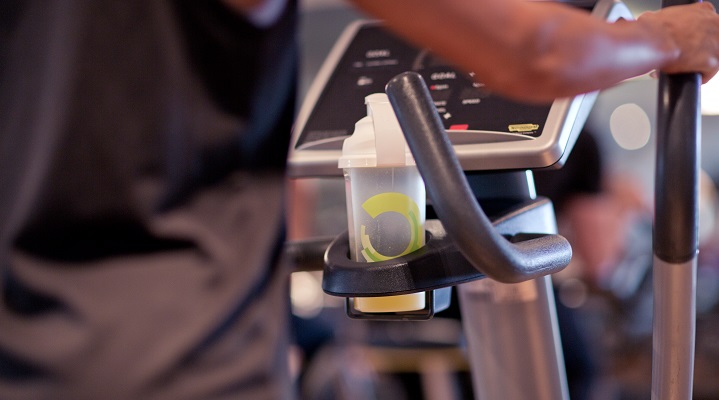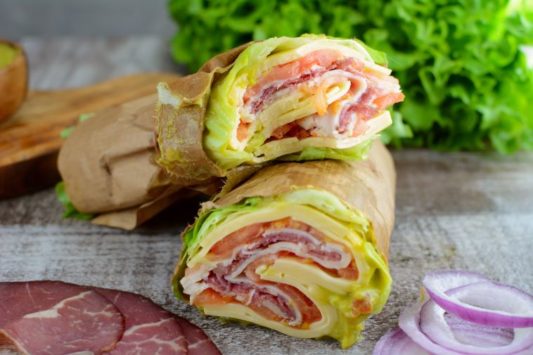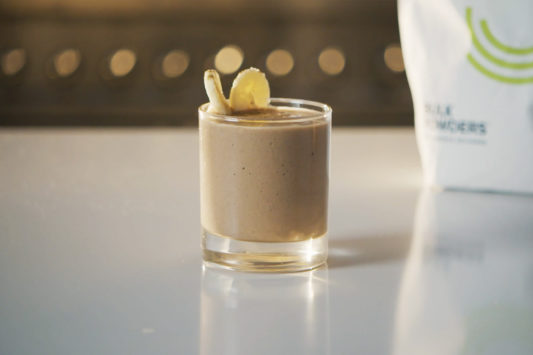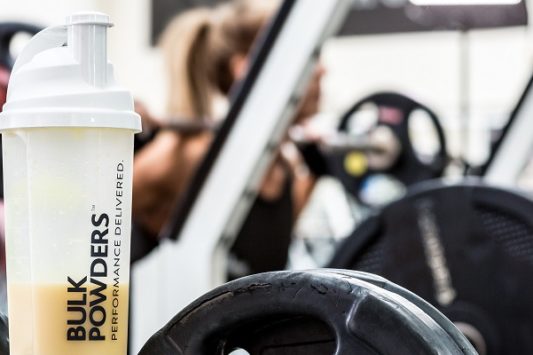IIFYM, Flexible Dieting, Carb-Backloading and Cheat Meals are regular themes in the gym and bodybuilding world. If you don’t do one (or more) of them, chances are you know someone who does.
But is a calorie a calorie? Or is there more to think about when designing the ultimate nutrition plan for strength, power, fat loss and physique?
Meet The Macros
First up, a little macronutrients 101. As you probably know, all foods contain one or more of the three macronutrients (macros):
- Protein (4 calories per gram)
- Fats (9 calories per gram)
- Carbohydrates (4 calories per gram)
We need a balance of all three for a healthy diet. And, whilst it might seem as if it’s a numbers game, you need to pay attention to the ratio of macros in your diet if you want to meet your sport and physique goals.
Why Macro Splits Matter
Sure, you could get 80% of your calories from carbs, with barely any protein, and still hit your calorie requirements. But this will have a very different impact on your energy levels, digestion, gym performance and physique than a more balanced split (say, 40% protein, 30% carbs, 30% fats).
Why? Because the different macros are used, digested and metabolised differently by our bodies. They help the body in different ways (carbs tend to be better for immediate energy, and for glycogen replenishment, fats are high in calories but crucial for hormonal health, and protein is a key source of amino acids and important for building and maintaining mass).
Macro Choices For Fitness Goals
Your training goals will affect your choice of macro split, too. It’s no secret that endurance athletes tend to gravitate towards higher-carb intakes, whilst those shredding for stage or a shoot often go for high protein, low carb, and slightly higher fats. As a general rule, strength training and high intensity work requires higher carbs for recovery, and weight loss goals tend to mean more protein and healthy fats, with the use of BCAA to maintain muscle mass whilst dieting down in a calorie deficit. Make sure your calorie intake, and your macro split, are specific to your training and fitness goals.
Great Ways To Hit Your Macros
It’s useful to know which foods, supplements and shakes will help you meet your calorie and macronutrient needs so you never need to make a bad food choice.
- INFORMED MASS® (low GI carbohydrates, plenty of protein, and lots of calories but all from healthy, clean sources)
- Peanut Butter (all-natural, calorie dense, healthy fats and delicious of course!)
- Liquid Egg Whites (a great source of protein and amino acids, very low fat, and can be used tons of ways)
- Dextrose (high GI carbs are a useful tool in your nutrition approach after training – crucial for recovery)
- Ultra-Fine Scottish Oats (low GI carbs, ideal for breakfast or during the day, can be used as porridge or in shakes)
- Sweet Potato Powder (a really adaptable way to get the macronutrients of low-GI sweet potato into your diet)
What about IIFYM (If It Fits Your Macros)?
This growing trend is popular amongst physique competitors, bodybuilders and body-transformation experts, but it can be misunderstood and approached the wrong way. If you IIFYM by ignoring basic protein requirements, fibre intake and micronutrients, you could easily end up with a nutrition plan which is far from optimal for good health in the long-term. Poor nutritional choices, like alcohol, sugary drinks, processed foods low in fibre, are never going to be optimal for a healthy diet (whether you label your approach IIFYM or not). Avoid empty calories that have little nutritional value and prioritise quality protein sources, healthy fats, smart carb sources, and natural foods with plenty of vitamins, minerals and micronutrients.
About the Author:
Nicola Joyce has been writing for (and about) sport, fitness, nutrition and healthy living since 2004. She’s also a keen sportswoman: her background is in endurance sport but she now competes as a natural bodybuilder, most recently winning a world title with the INBF. When she’s not writing content, she can be found blogging. Follow her here www.nicolajoyce.co.uk and on Facebook & Twitter (@thefitwriter) too.







